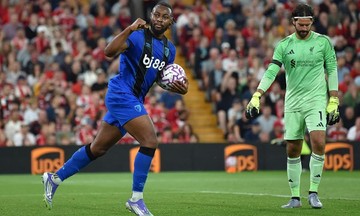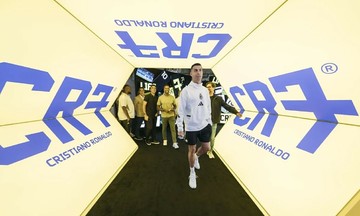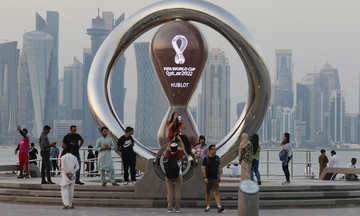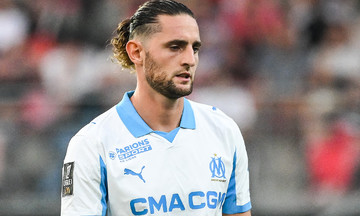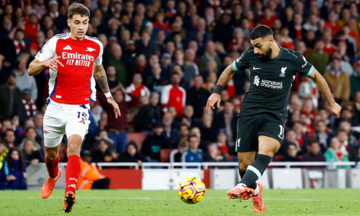On lap 21 of the British Grand Prix, after the safety car was about to leave the track, Piastri's MCL39 suddenly slowed on the Hangar Straight. This abrupt deceleration occurred as the McLaren driver approached Stowe corner and was about to be overtaken by Max Verstappen on the right.
Replays showed Verstappen's RB21 had to swerve sharply to avoid a collision. Over the radio, the Red Bull driver immediately criticized Piastri after narrowly avoiding the incident.
Piastri's maneuver and Verstappen's complaints quickly caught the stewards' attention. After a brief review, they imposed a 10-second penalty on Piastri for violating safety car regulations. The penalty, applied during the Australian driver's final pit stop on lap 43, dropped him to second place. Piastri was angry at losing a victory he thought was secure to his championship rival and teammate Lando Norris.
Radio exchanges revealed Piastri believed the penalty was unfair and suggested McLaren ask Norris to give him back the lead. However, no such team order was given, and Norris finished first, 6.8 seconds ahead of Piastri, narrowing the gap in the drivers' standings to just 8 points.
After the race, McLaren team principal Andrea Stella admitted considering an appeal but ultimately accepted the penalty, despite Piastri arguing his actions were no different from George Russell's in Montreal, Canada, the previous month. Russell had also decelerated sharply behind the safety car, yet despite complaints from Verstappen, who was directly behind him then as well, Russell received no penalty.
So why the difference in treatment between Piastri and Russell?
The stewards examined GPS data, video footage, telemetry, team radio communications, and onboard video evidence in Piastri's case. They found that as soon as the safety car was signaled to return to the pits at the end of that lap and the warning lights went out, Piastri braked abruptly (59.2 psi). "The speed of the MCL39 on the straight between turns 14 and 15 reduced from 218 km/h to 52 km/h, forcing Verstappen to take evasive action," the report stated.
Meanwhile, Article 55.15 of the FIA sporting regulations states: "To avoid the likelihood of accidents before the safety car returns to the pits, from the moment the lights on the safety car are extinguished, the drivers must proceed at a speed which shall not exceed any sudden changes or any other manoeuvre which is likely to endanger other drivers or impede the restart.".
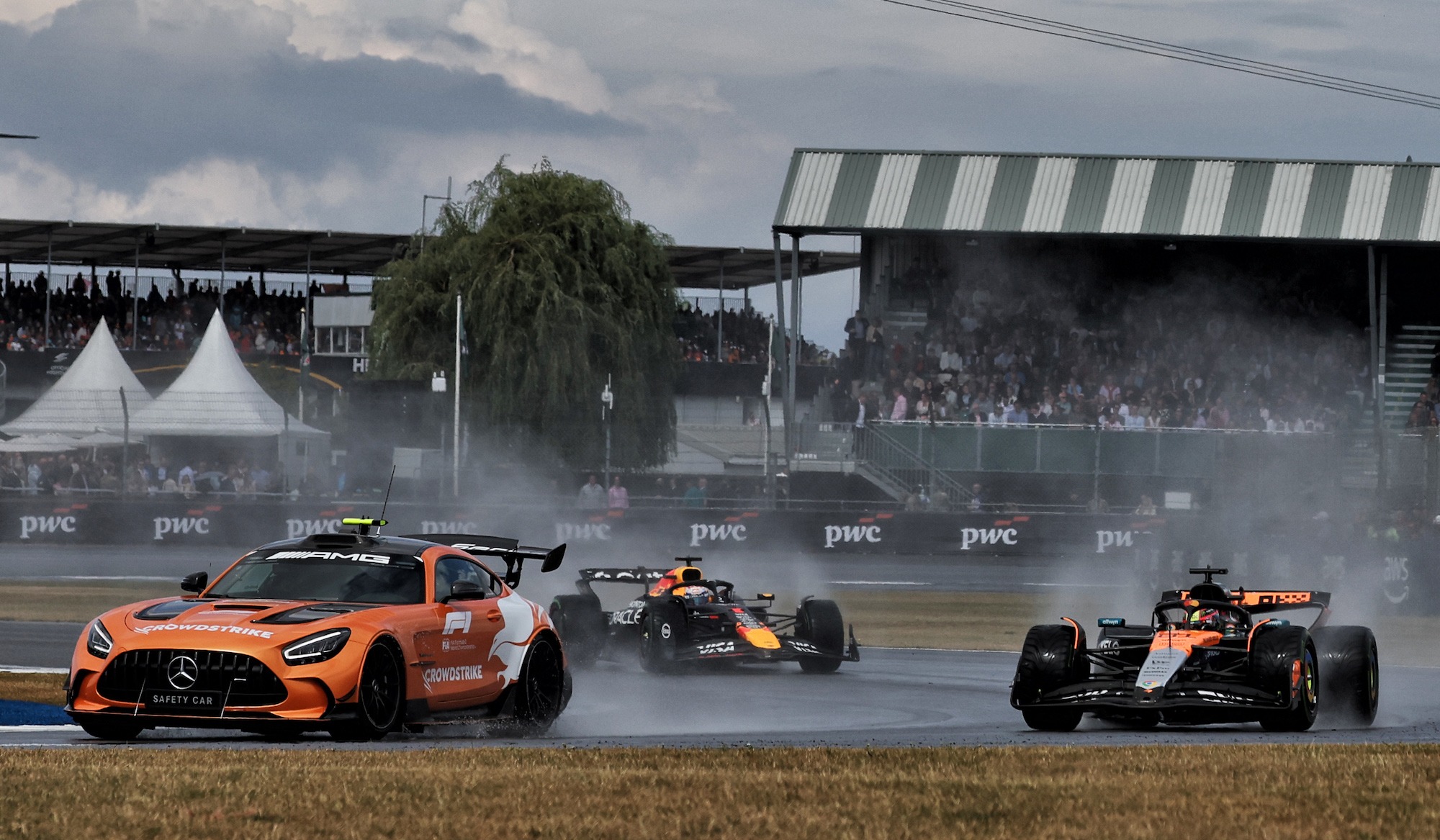 |
Piastri led the race and accelerated rapidly as the safety car was about to leave the track. Photo: F1 |
Piastri led the race and accelerated rapidly as the safety car was about to leave the track. Photo: F1
Typically, when the safety car is signaled to withdraw at the end of a lap, the extinguishing of the orange safety car lights signifies an imminent restart. The race restarts when the lead car reaches a designated line at the start of the pit entry at the end of the lap. The pace is dictated by the lead driver, who can slow the pack, create a gap, and then accelerate when crossing the designated line. Following cars must observe the leader's actions to adjust their speed accordingly.
The stewards determined Piastri's braking exceeded the threshold for dangerous driving, hence the 10-second penalty. In Russell's similar, penalty-free situation in Canada, the Mercedes driver braked at 30 psi, roughly 50% of Piastri's braking force at the British Grand Prix.
Piastri explained his sudden braking coincided with the safety car lights going out. "As I braked, the safety car lights went out, so I didn't accelerate, and Verstappen overtook me, which was a bit strange, and then I got a penalty. It's as simple as that. Obviously, you can't brake behind the safety car anymore," he argued.
Car data confirmed Piastri decelerated similarly during the first safety car withdrawal without penalty. On lap 17, he reduced his speed from 208 km/h to 50 km/h over 160 meters. During the second safety car period on lap 21, when the penalized maneuver occurred, the MCL38 decelerated from 217 km/h to 52 km/h over 140 meters.
The only real difference leading to Piastri's penalty the second time was Verstappen's speed. Car data indicated Verstappen was traveling significantly faster when Piastri began braking during the second restart compared to the first. Despite similar track conditions, perhaps the Dutch driver was not closely observing Piastri ahead on lap 21, reacting later and needing to swerve to avoid a collision.
McLaren CEO Zak Brown believed the late safety car call contributed to Piastri's reaction time. He stated: "The safety car seemed to come in late. Max accelerated, Oscar braked, which made it look worse than it was. The car data showed that it wasn't what it looked like on TV. There's an element of subjectivity with these penalties. When drivers brake, the brake pressure is 130 psi. It was raining, and the safety car came in quite late. A call that was almost a near miss.".
However, former F1 driver Jenson Button agreed with the stewards' decision. "The biggest problem was that as the lights went out, the safety car was just starting to accelerate. Piastri went from 60 mph to 130 mph in the blink of an eye. He explained, 'I needed to slow down because there was a safety car ahead, and I needed to keep the distance.' I have to say that was too dangerous. If it was dry, it might have been okay. But it was wet and visibility was limited, it was too dangerous.".
Minh Phuong





